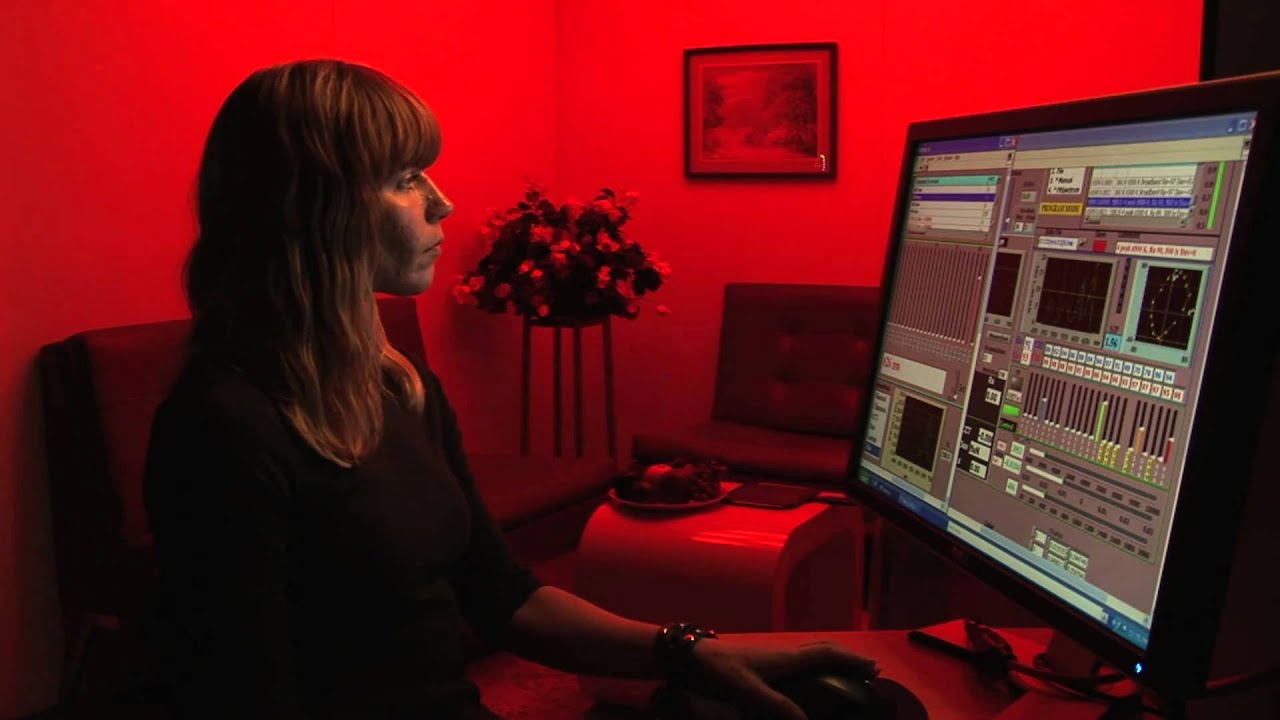Light-emitting diodes, or LEDs, have become popular with backpackers and cyclists who mount them on headbands for a reliable, hands-free source of illumination. Now, a new lab at the National Institute of Standards and Technology (NIST) is helping to bring these tiny but brilliant devices into your home, to help save both energy costs and the environment.
"LEDs can be very energy efficient, and they are a lot smaller and last a lot longer than light bulbs," says NIST vision scientist Wendy Davis. "They're what we'll likely use in the future to light our houses and public places."
It's a vision of illumination's future. And to realize it, Davis, along with Yoshi Ohno and a team of physicists, created the NIST Spectrally Tunable Lighting Facility (STLF). Their main goal is to improve the quality of the light that LEDs produce, so that when you turn them on, home feels homey.
"Everyone wants light that appears natural and is pleasing to the eye, but with LEDs we're not consistently there yet," Davis says. "LEDs offer a lot of advantages over incandescent and fluorescent lighting, but they don't always emit light that looks 'right.'"
About 12 percent of electricity consumed in the United States powers lights. Using LEDs wherever practical would halve that, but a few problems must be overcome. When a newfangled device goes up against a product as historically omnipresent as the light bulb, the newcomer has to prove it can work better than the incumbent, and that's where Davis and her colleagues are focusing their effort.
The new STLF distinguishes itself from most optical technology labs in that it concentrates on the relationship between physical measurements of light and human perception of light and color. Here, scientists experiment with combining LEDs of different hues to produce an overall light color that pleases the eye.
The lab space makes sense even to a nonscientist. One section is decorated with couches, tables, and food-filled plates, just like a living room—but above, hundreds of LEDs cover the ceiling like stars in the sky. Davis can activate varied groups of them like color-coordinated constellations. Adjusting the level of different colors demonstrates the effect lighting has on the appearance of the food and furniture below.
Learning from efforts like this is helping the team develop a way to quantify how LEDs affect the colors of objects in ways meaningful to the lighting industry. They are currently developing a measurement tool called the Color Quality Scale to help manufacturers develop LEDs for general lighting.
"Because the light emitted by LEDs is different from the light we get from other lighting technologies, the way that we measure color quality doesn't always work for them. At this point, LED manufacturers don't have a reliable way to determine the color performance of their products," Davis says. "If we don't handle this issue now, it could create big problems for future LED lighting products, because bad color means unhappy consumers. We want to use measurement, which is a NIST specialty, to nip this problem in the bud."


